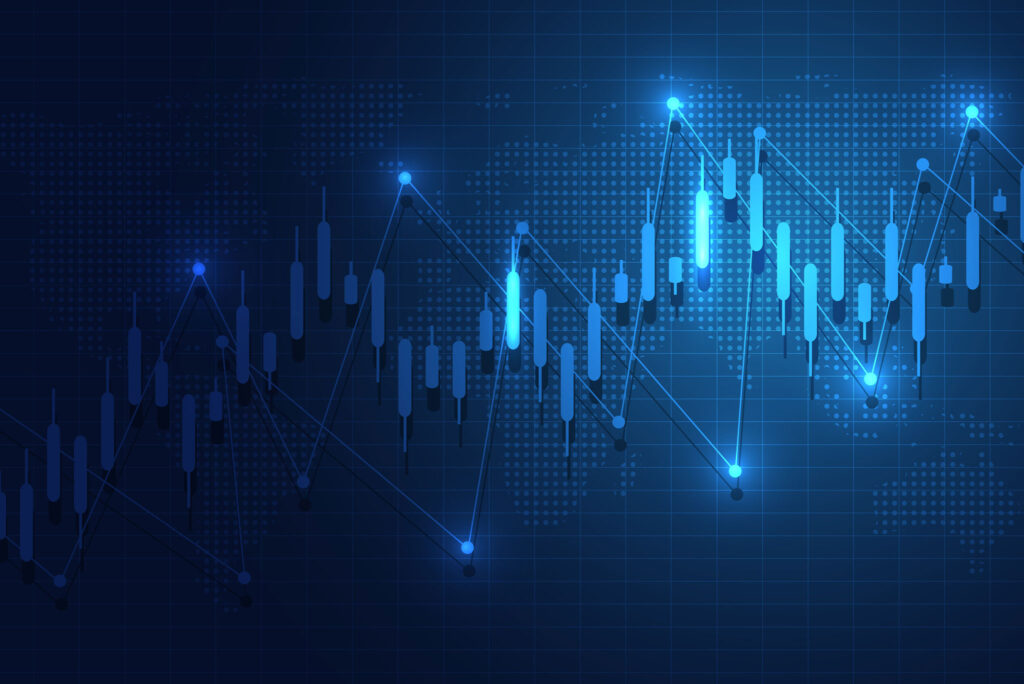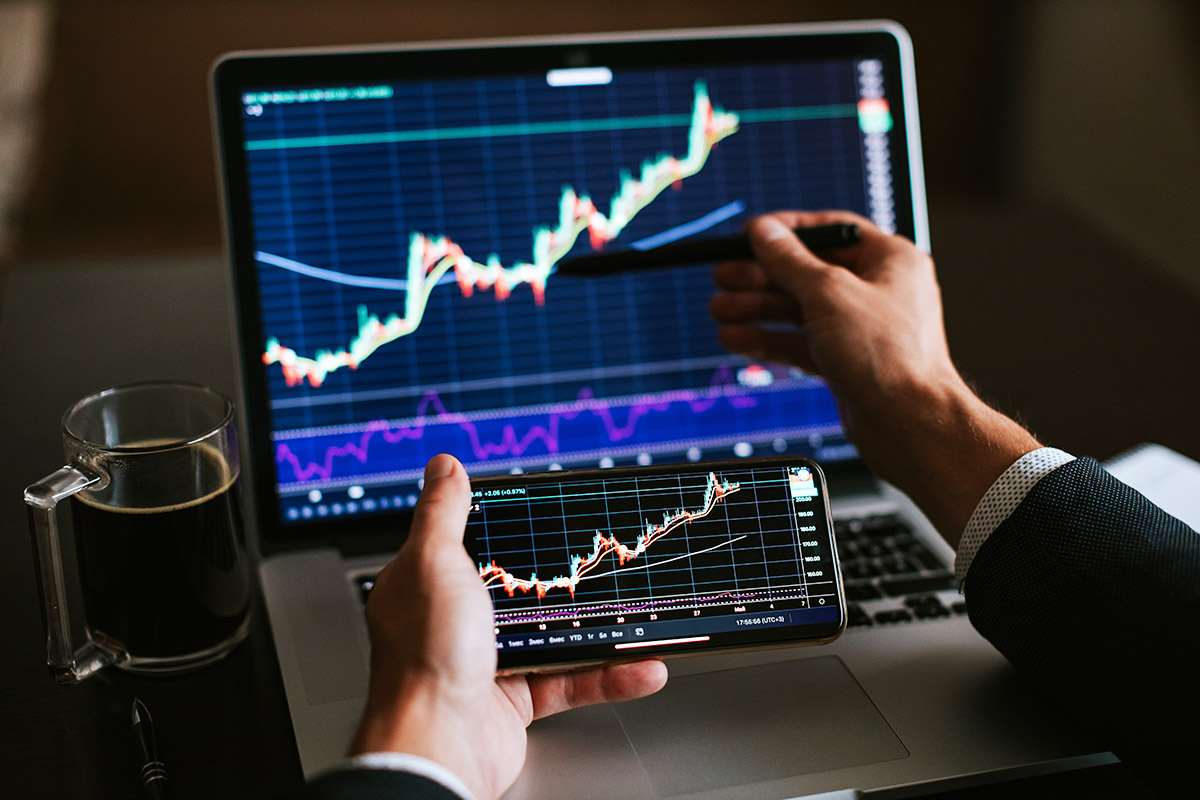
Bonds are papers that large companies or government agencies issue to borrow money against. Bonds have a fixed yield and term – that is, you know exactly when and how much you will get for them when you sell them. You also get regular interest payments – coupons. Yields are slightly higher than bank deposits, but they are stable and predictable. More about this: https://telegram-store.com/catalog/product-category/channels/business.

Shares are papers that give you a certain stake in the company, equivalent to a portion of the assets and profits. If a company grows and shows positive financial results, the stock will also increase in value. Additionally, the company may pay dividends-a percentage of profits based on quarterly, yearly, or semiannual results. But if something goes wrong in the company, you also lose profits or even go into deficit. In the event of bankruptcy, holders of common stock generally get nothing. It’s a riskier instrument than bonds, but it also offers higher returns.
Equity ETFs (Exchange-Traded Funds) are portfolios of securities that trade like regular stocks. These are complete sets of instruments that are often worth less than the individual stocks within them. ETF stocks have balanced risk: the high riskiness of some is offset by the stability of others.
Index funds are a popular type of ETFs. Stock holdings in index funds are based on certain indices, like the S&P 500 or Dow Jones. Each fund contains a different set of securities with a distributed yield. The index is formed on the basis of financial analytics and objective indicators of the companies. Therefore, the composition of the portfolio changes on a regular basis: some companies may grow and join it, while others may do the opposite. This provides additional insurance against high risks, and you do not have to follow the financial statements of companies and other events in the market.
The optimal portfolio is one that includes 5 to 10 different securities from 6 to 8 sectors. Beginners should keep an eye on instruments with stable, albeit small, returns over the years: stocks of leading companies like Apple or Yandex, bonds, and securities of countries with a steadily growing economy – such as the U.S. or China. Experienced investors can afford a more aggressive portfolio that is 50-70% comprised of stocks of startups that promise explosive growth. But in this case, you will have to constantly monitor what is happening in the market and instantly react to changes. For professional investors, this is a 24/7 job, unless they outsource management to an outside broker or investment company.
To trade on the exchange, you also need a special account, either an IIM or a brokerage account.
A brokerage account is suitable for those who want constant access to money and a wide range of investment instruments. Income from investments on it can be exempted from personal income tax in 13%, and the amount on the account can be any.
An IIS (individual investment account), in addition to profits from trading on the stock exchange, gives you a guaranteed tax deduction. You can get this deduction in two ways:
Exempt all profits that investments make from the 13% income tax.
Receive a fixed deduction of up to 52,000 ₽ per year (this is the maximum amount of the deduction, for which you need to deposit 400,000 ₽ per year) – as long as you have official income subject to personal income tax.
You do not pay taxes on the income received on the IIM, but only when you close the account. But all these advantages are valid only if you have not closed the account in the first 3 years. Otherwise, all deductions received will have to be refunded. Other restrictions include making deposits of no more than ₽1 million a year and not being able to withdraw all the money: this would lead to closing the account.